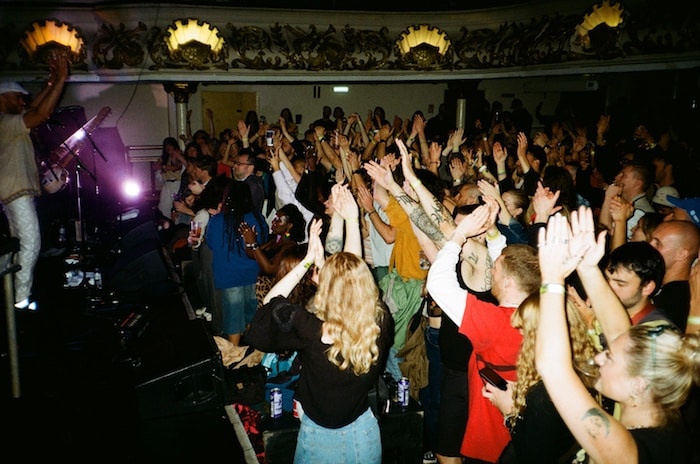Green Island Festival
Hulme Community Garden Centre 28 Old Birley Street, Manchester, United KingdomThe community-first festival showcasing the best musicians in the North turns five this year returning with a three-part series of festivals across June, July and September



